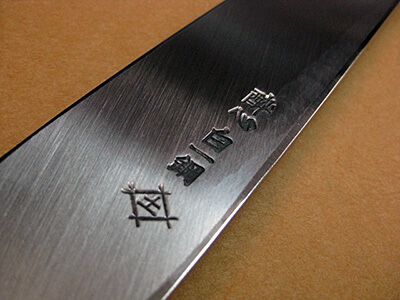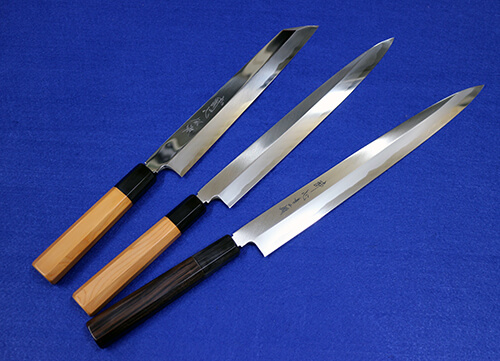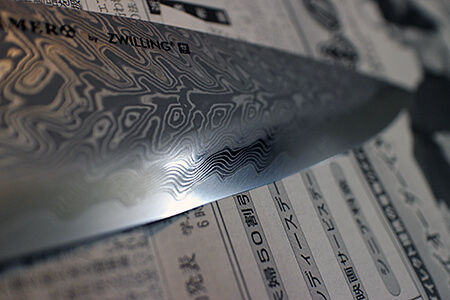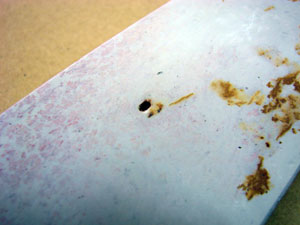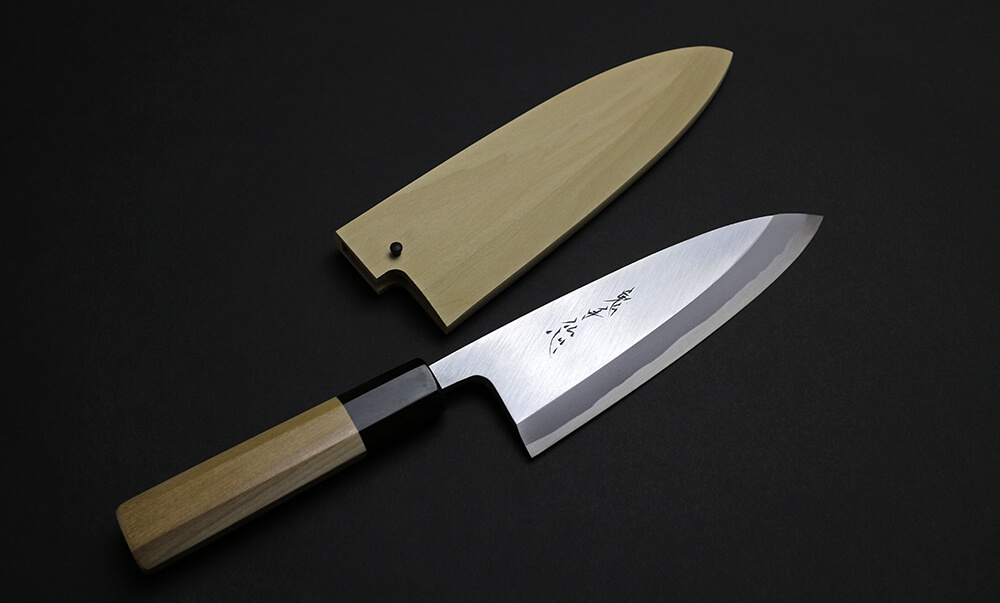Katsuramuki
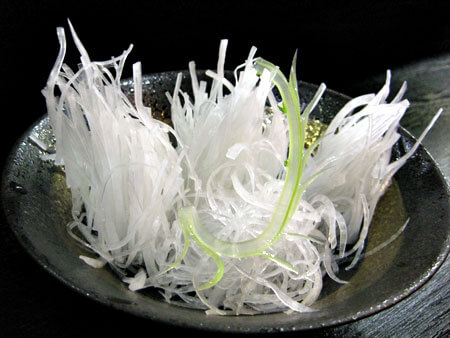
Recently, I received inquiries about Usuba knives, which got me thinking about various aspects of it. I consulted with Master Ueda for his insights. Following this, I attended a daring ‘Katsuramuki’ lesson at Ueda’s shop last night.
Master: ‘We have a daikon radish! Try it with a Gyuto knife.’
I attempted as instructed, but the daikon was being cut into uneven slices, and I could feel I was exerting too much force. It wasn’t going smoothly. I was feeling a bit discouraged.
Master then said, ‘Now, try it with a Kama Usuba.’ Unlike the Gyuto, the Kama Usuba was making clean, precise cuts. However, it was a bit nerve-wracking, and even the customers on the other side of the counter said, ‘It’s scary to watch.’
The scariest part, however, was my own experience. After a rather nerve-wracking attempt, Master Ueda provided detailed advice:
Tighten both sides and focus on the cutting area. Hold the daikon gently, as if you’re plucking. Place your thumb on top of the blade. Angle the knife while pushing and release the angle while pulling. Master Ueda went into such meticulous detail. I doubt there’s another mentor out there who would teach in such a thorough manner. He guided me step by step. Although the thickness was inconsistent, I managed to complete the Katsuramuki without cutting through about 30 cm of the daikon.
After correcting my posture with guidance from Master, customers started saying, ‘It’s not as intimidating now!’
And now, it was time to taste what I had sliced. So, we made a daikon salad using the slices. We performed ‘Tateken’ and ‘Yokoken’ on the cutting board with minimal sliding to ensure we didn’t have to give the knife any ‘taps.

This photo is of daikon radish salad. While I managed to chop it fairly evenly, the thickness varied during the Katsuramuki process, resulting in diverse textures (laughs).
But! Having gained a bit of a feel for it, I plan to continue practicing daikon Katsuramuki. There might even be specific sharpening techniques suitable for Katsuramuki! (Although it involves technical aspects of cutting, I’m wondering if there’s a way through sharpening to reduce the challenge of peeling for Katsuramuki even slightly.)
hibishugyo
- 2011-11-22
